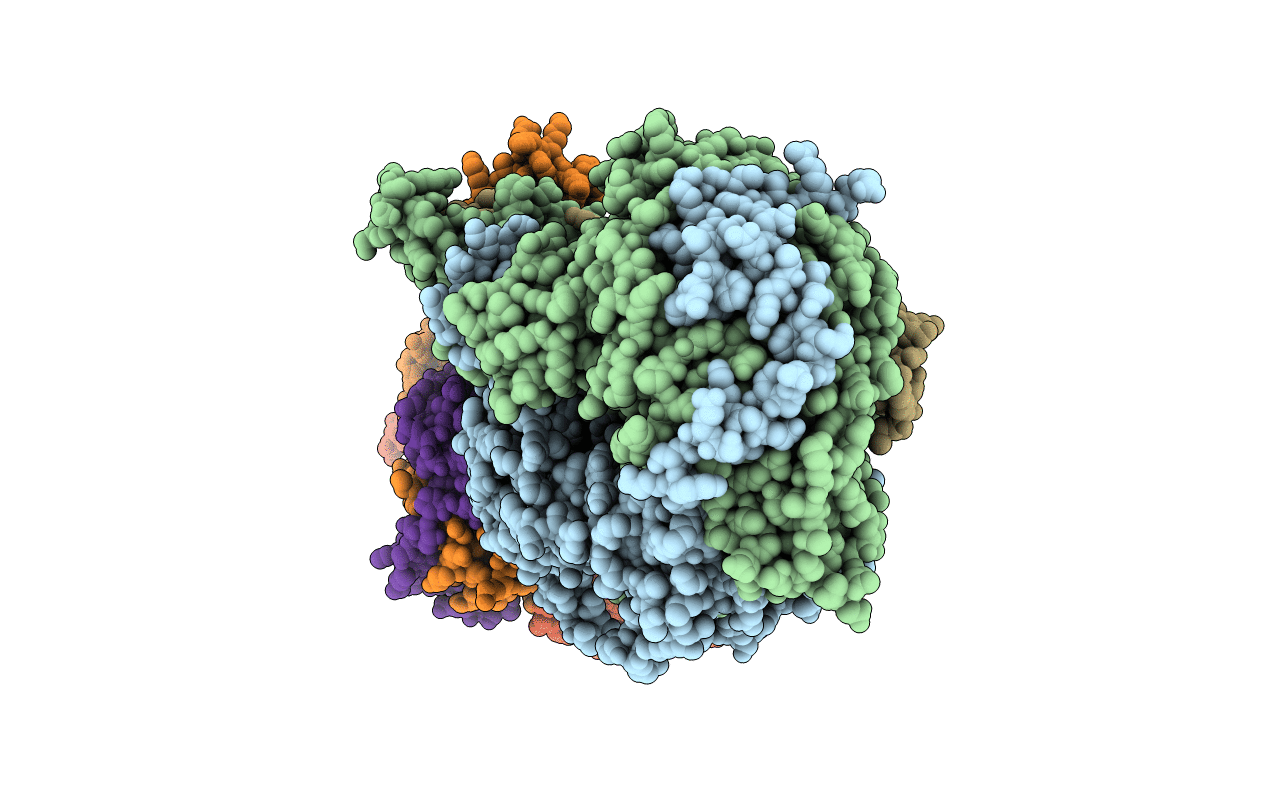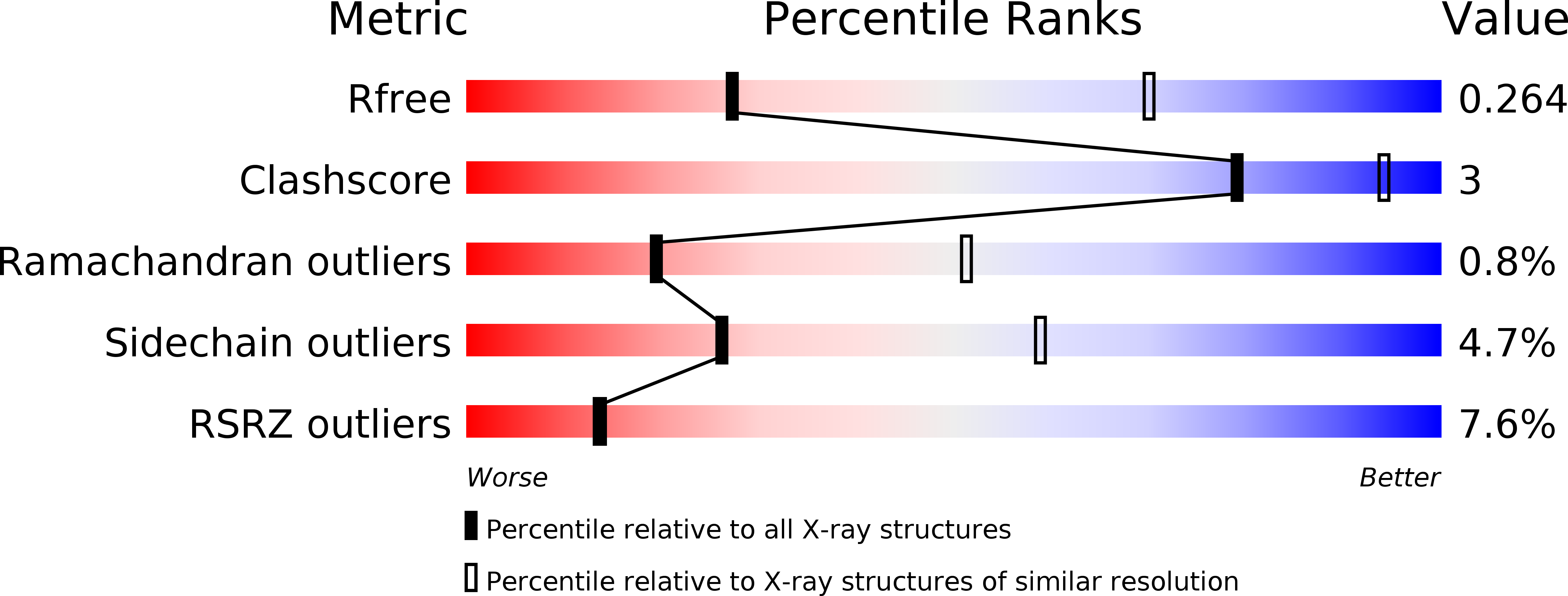
Deposition Date
2020-01-02
Release Date
2020-04-15
Last Version Date
2024-01-24
Entry Detail
Biological Source:
Source Organism:
Host Organism:
Method Details:
Experimental Method:
Resolution:
3.33 Å
R-Value Free:
0.26
R-Value Work:
0.20
Space Group:
P 21 21 21


